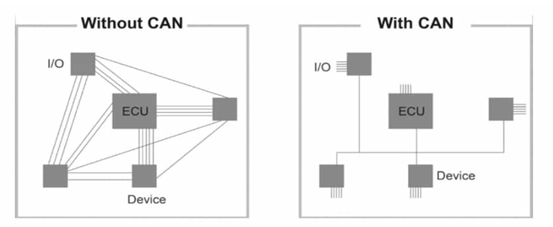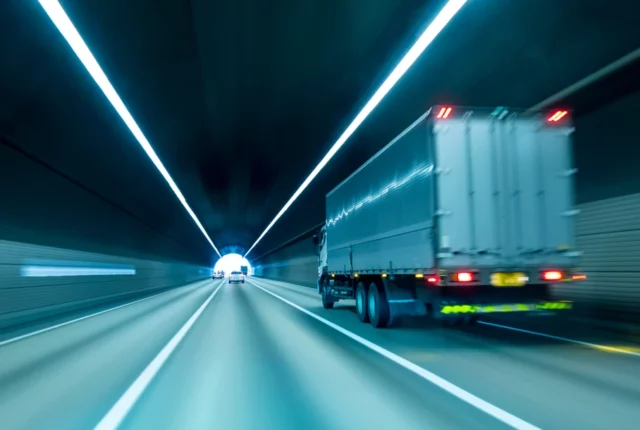
Distracted Driving: Impacts and Solutions for the Leading Threat in Road Accidents
In today’s age of mobile technology, distracted driving has surpassed drunk driving as the leading threat of accidents on the road. With the constant innovation of smartphones and 5G technology, access to a phone and other handheld devices will only continue to grow, causing even more concern for driver safety. Sure, smartphone and car companies have taken some measures with Bluetooth and “car mode” features, but that still renders insufficient. In fact, engaging in a hands-free device while driving is 4 times more distracting than talking to an adult passenger. In that same report, it was shown that 56% of drivers use their phones while driving, and 1 out of 3 people text while driving, which increases the risk of crashing by 23 times.
Distracted driving is a prevalent, complex problem with harsh consequences. For the general public, the stakes of distracted driving are already high, but for fleets, the stakes—and likelihood—are even higher.
Distracted Driving: What is it Exactly?
Distracted driving comes in many forms, with cell phones quickly emerging as one of the most prevalent and therefore most consequential. The most common forms of distracted driving include:
-
Being lost in thought/mind wandering
-
Cell phone usage
-
Eating or drinking
-
Adjusting a radio or navigation system
-
Rubbernecking
-
Reaching for something on the floor or back of vehicle
-
Drowsiness
All these practices can cause the driver’s performance to be compromised. This results in swerving in and out of lanes, harsh braking, delayed reaction to lights, slowed driving, and more. While some of these listed practices seem less consequential and manageable, driving demands acute attention, and even small lapses in judgement can cause accidents, injuries, and even death.
Impacts of Distracted Driving
General Public
For the everyday driver, the impacts of distracted driving are exceptionally high. Even though driving can appear as a mundane task to get from the house to work (with a brief stop for morning coffee), it can have life-altering consequences. Nearly six million reported car crashes occur in the United States each year, with approximately 10 million more going unreported. Roughly 1.3 million people die from car crashes every year and 2 million report serious injuries.
The staggering fact: 1.6 million accidents (~26.7% of all accidents) involve cell phone usage and roughly 90% of all accidents are driver related (error, impairment, distraction).
There is no doubt how costly distracted driving can be to the everyday driver. Individual’s lives are at stake. And even for minor accidents, car damage, insurance rates increasing, and other consequences all add up to a nightmare nobody wants to deal with. For fleets, however, not only are the consequences compounded, but likewise the likelihood of accidents is higher as well.
Commercial Trucks/Fleet Systems
Truck driving is the most dangerous occupation in the United States, with 28.3 fatal injuries per 100,000 full-time workers in 2018. Truck car crashes also account for 11% of all motor vehicle crash deaths totaling 143,000 deaths. This stems from the fact that truck drivers spend much more time on the road. The general public drives 12,000-15,000 miles annually, while a fleet driver drives roughly 20,000-25,000 miles or more each year. This high travel time increases the risk of accidents and the number one factor for these accidents is distracted driving.
Compounded with the safety of the driver is the financial hit. On average, the cost of a fleet accident totals $70,000, which is double to cost of the average workplace injury. When a fleet accident occurs, not only do all the concerns of a general driver ensue, but further losses accumulate. Lost sales from shipments, potential third-party liabilities if the driver caused the crash, lost productivity, and more all follow a fleet accident. So, how do we reduce the risk?
Solutions for Fleet Safety
The power of technology is how you use it. Just as technology can create problems, so can it solve them. So, the first step towards tackling this complex and critical problem of distracted driving is with technology. Positioning Universal’s new AI Fleet Camera Solution offers tangible steps towards improving driver safety with AI powered driver scoring and soon-to-come distracted driver monitoring. Having eyes into the scene is crucial to changing behaviors. Likewise, driver scoring incentivizes drivers to stay as focused as possible while on the road.
On top of implementing AI dual cameras like the AI Fleet Camera Solution, creativity can help tremendously. Properly diagnose “why” the driver gets distracted and look for ways to substitute that. The voice of the driver is imperative in finding the proper solution. See the problem, and listen to what motivates it. For something this critical and costly, do not be afraid to use your resources, as it will benefit not only your bottom line, but more importantly, your driver’s—and the drivers’ they share the road with—safety.





Leave a Reply